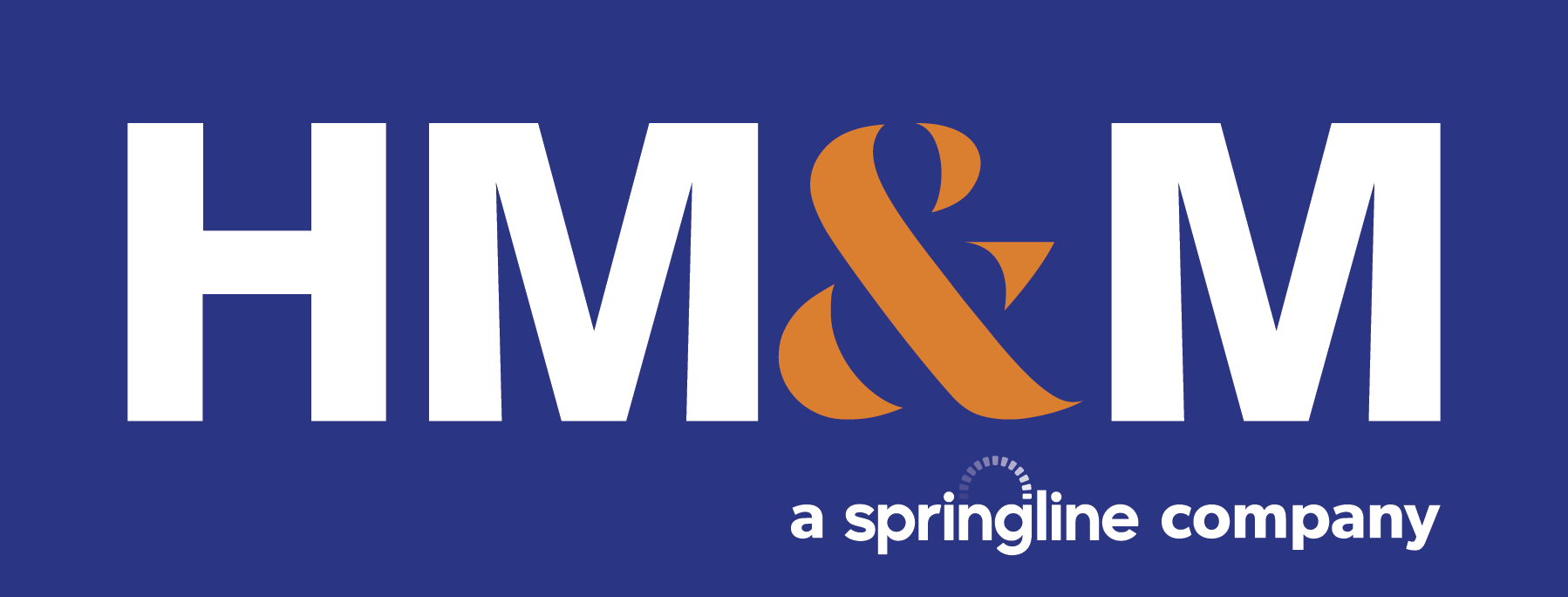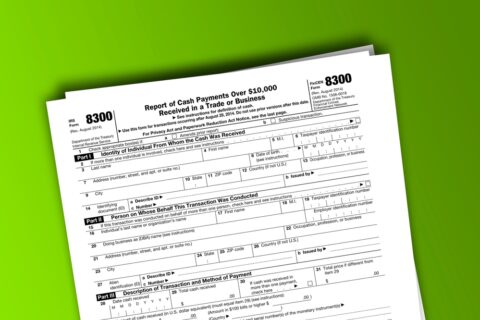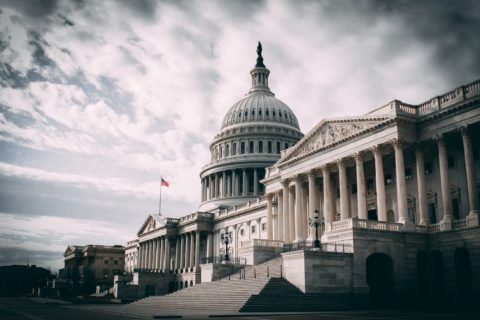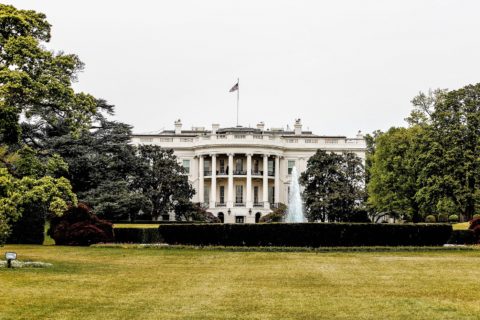On December 29th, 2022, President Biden signed the SECURE Act 2.0 into law, as part of the Consolidated Appropriations Act. This broad-reaching legislation is expected to impact tax incentives as it relates to retirement plans for years to come. These changes impact a multitude of plans including 401(k), 403(b), IRA, and Roth accounts, among others. This expansive legislation contains more than 90 updates to the federal rules impacting workplace retirement plans. Here are a few key provisions of the Act.
Required Minimum Distributions
One of the key changes is the increase in the age at which retirement plan participants must begin receiving required minimum distributions (RMDs). The original SECURE Act, passed in December 2019, increased the starting age for RMDs from 70 ½ to 72. The SECURE Act 2.0 implemented another increase from age 72 to 73 effective January 1, 2023, and in ten years increases the age to 75. Additionally, the penalty for failing to take a minimum required distribution is reduced from 50% to 25%. However, if an individual corrects the RMD within two years with some limitations, the penalty is further reduced to 10%.
Accessing Retirement Funds
Historically, accessing retirement funds for any reason prior to turning 59 ½ held a stiff penalty. Effective December 31, 2023, individuals may withdraw funds for certain emergencies or events without the 10% early withdrawal tax penalty. In fact, the act lists ten different circumstances, from natural disasters to adoption, that qualify for this exemption. Individuals may repay the money back into their retirement account within three years, but may not take another emergency withdrawal during the following three-year period unless the money withdrawn has been paid back.
Charitable Deductions
Beginning in 2023, Section 307 of the Act expands the IRA charitable distribution provision to allow for a one-time, $50,000 distribution through charitable gift annuities, remainder unitrusts, and remainder annuity trusts. Additionally, the distribution limit of $100,000 is indexed for inflation for future tax years.
Changes to Catch-Up Limits
The limit for catch-up contributions increases under the SECURE Act 2.0. For individuals ages 60 to 63, the catch-up contribution is $10,000 or 150% of the regular catch-up amount for 2024. Those amounts will be adjusted annually based on the cost of living. This section is effective for taxable years beginning after December 31, 2024.
ROTH Plans and Contributions
Multiple sections of the Act impact ROTH plans and contributions. Effective in 2023, SIMPLE IRAs and SEPs may offer employees the ability to treat contributions as Roth contributions. Employer matching or nonelective contributions may also be made on a Roth basis.
Additional changes take effect in 2024 including:
- Catch-up contributions to 401(a) plans, 403(b) plans, and governmental Section 457(b) plans must be made on a Roth basis. Employees with compensation of $145,000 or less are exempt from this requirement.
- The elimination of RMDs for Roth 401(k) accounts thus eliminating the need to roll over funds from a Roth 401(k) to a Roth IRA. Post-death minimum distribution rules for both Roth 401(k) and Roth IRAs still apply.
- The ability to roll over a 529 to a Roth IRA which has limitations such as having maintained the plan for at least 15 years, annual rollover limits must be within the annual contribution limit, and a $35,000 lifetime limit on rollovers to a Roth IRA.
Closing Thoughts
The SECURE Act 2.0 is one of the broadest pieces of retirement plan legislation in decades impacting virtually all types of retirement plans. For individuals, the first step is to know the type of plan you have and understand the Act’s impact.
For individuals who are business owners and employ others, there are additional considerations to take into account. Due to the vast number of changes in eligibility, contributions, distributions, and testing, you should schedule time with your third-party administrator or advisor to review and update your plan documents. In fact, the SECURE Act gives businesses until the last day of the plan year on or after January 1, 2025, to amend their plan documents. However, plans must operate in compliance with the stipulations of the Act according to the set deadlines. In other words, plan documents do not need to reflect the changes implemented by the SECURE Act 2.0 until 2025, but the plan must operate in compliance with the regulatory changes.
If you have any questions about SECURE Act 2.0 or its requirements, please contact your advisor at HM&M.
Latest News
On June 9, the IRS released Announcement 2022-13, which modifies Notice 2022-3, by revising the optional standard mileage ...
At the tail end of 2021, the Internal Revenue Service (IRS) released new Schedules K-2 and K-3 effective ...
This information is current as of Sunday, November 21, 2021. On Friday, November 19, 2021, after the Congressional ...
HM&M Updates
DALLAS, Dec. 11, 2024 – Springline Advisory, a trailblazing financial and business advisory firm, is proud to announce its partnership ...
Last month, Senior Manager, Pearl Balsara was invited to speak at the 2023 FPA DFW Annual Conference in ...
We are pleased to announce the winners of the 2022 HM&M Excellence Awards. Ronna Beemer, Keith Phillips, and ...










